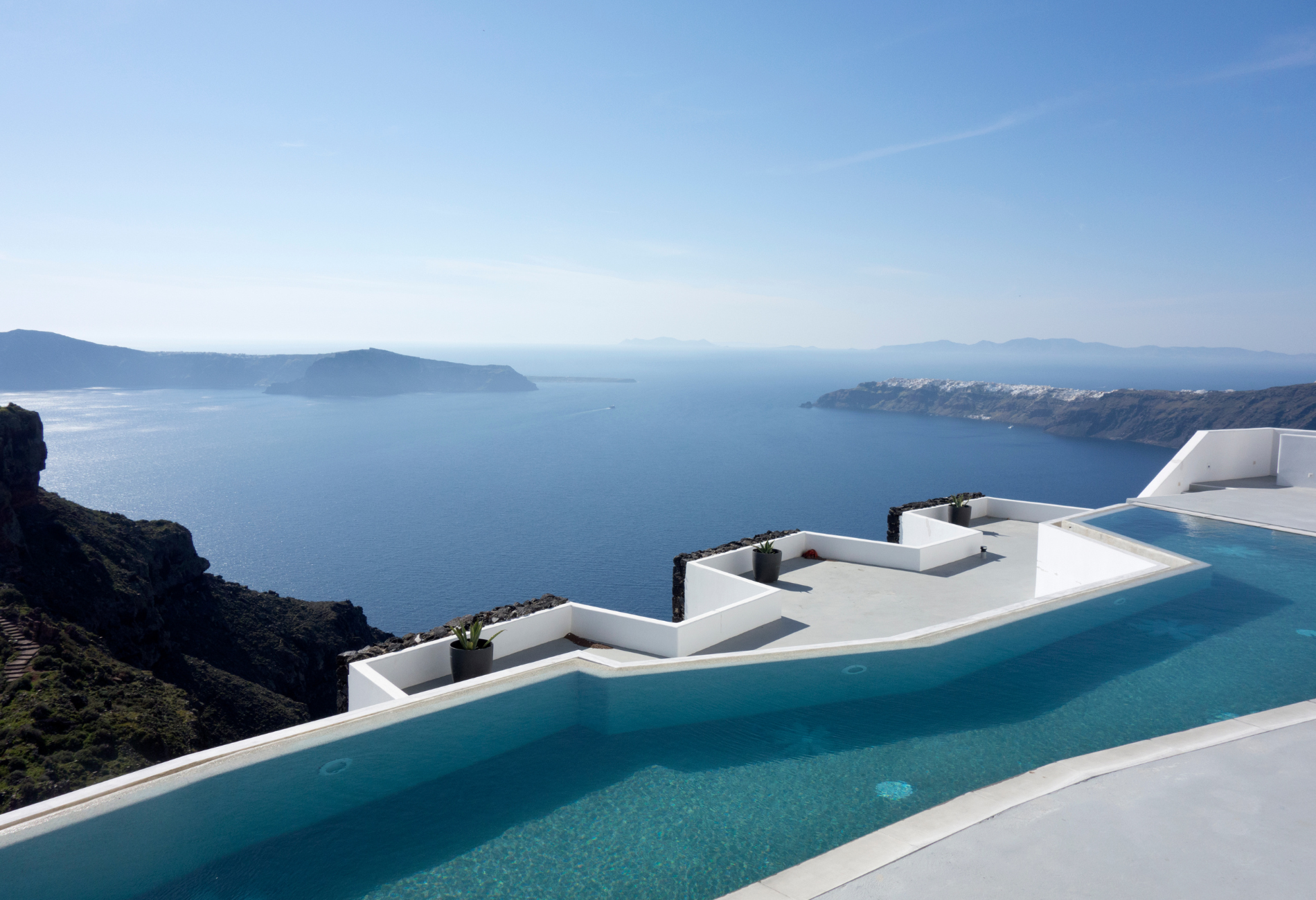Standing on the west bank of the Nile River, its calm waters drifting north, you should be able to see Luxor Temple. Instead, a gargantuan cruise ship obscures the view. It’s one of many harbored in the city, spewing smoke, growling offensively, and at complete odds with the serenity of the Nile.
I caught one last glimpse of the river monsters as my minibus traced the riverbank and wondered if its guests felt excitement or if a tinge of regret crept in as they embarked.
I drifted off to sleep as my bus rumbled south toward Esna, where my own boat was waiting.
Day 1 – Embarkation at Esna
Stepping out of the minibus in Esna, we were led down a narrow street opening out to the Nile, where our Dahabiya was waiting. Any worries of underwhelm dissipated at first sight.
Dahabiyas, simply put, are two sailed barge-like boats. Until the dawn of the steam engine, they were used as the main transport for wealthy tourists to Egypt and have existed in some form or another for over a thousand years. Nowadays, a few companies use these nostalgic boats as an alternative to the mass-market cruise ships powering their way up and down the river.
Our boat, the Nubanile, carried a maximum of twelve passengers spread across six luxury guestrooms. To our surprise, we were led on board and directed to the back of the Dahabiya, where our expansive room opened out to a boat-wide balcony, its wrap-around sofa letting us relax alone, watching the Nile River valley drift by.
Even if the rest of the trip fell short, it was already worth it.
After dropping our bags, our guide Diaa led our eleven-strong group through the city of Esna to its staggeringly beautiful temple dedicated to the Ancient Egyptian God Khnum. Diaa immediately showed his prowess and passion for Egyptian history, talking us through the intricate details of the site, reciting stories of Khnum and his two wives, and never hesitating to answer questions in depth.
After an hour or so’s exploration, we headed back to the boat to set sail. Amusingly, the refusal to tamper with tradition means the Dahabiya doesn’t have an onboard motor of any kind, so a small tug boat travels alongside, towing the Dahabiya when the wind isn’t strong enough.
The afternoon was spent relaxing on deck, another expansive space fully covered by a canvas awning to protect guests from the harsh Egyptian sun. Sun loungers, sofas, and tables are set across the deck for comfort, while the stern features an open area with cushions for lounging.
The experience is fully catered, offering breakfast, lunch, and dinner for every full day, as well as afternoon snacks between meals. The food was excellent, showcasing a range of traditional Egyptian food and more common Western food to appease everyone on board. Beer and wine are available on board, but it’s okay to bring your own to save a little money.
Before dinner, we disembarked at El Hegz village to chat with locals about their life and culture, share tea, and marvel at the sunset on the river bank. The larger cruise ships cannot dock at these places, adding to the benefits of a dahabiya. A tiny amount of tourists get to experience this.
Our first night on the boat was a restful one. After two weeks spent traveling the country, waking to the Nile lapping on the banks before enjoying a coffee on our stern side balcony was unbelievable and something I’ll treasure for years to come.
After a traditional breakfast, we headed to another little-visited archeological site. We were the only group visiting and could explore El Kab’s tombs without the crowds expected at other Egyptian sites. The tombs are some of the most interesting in Egypt; well preserved and belonging to officials and nobles as opposed to Kings and Queens. They tell stories of daily life, gifting a glimpse into Egypt not found in many places.
We boarded the Nubanile again, enjoying lunch as we set sail for Edfu. I can’t stress enough how idyllic watching the banks drifting past is.
The previous evening, Diaa explained that a horse and carriage would take us to the temple. I commend him for his sensitivity to the subject, navigating the complex territory of tourist ethics with empathy, and giving us the choice of whether or not we wanted to use the horses. In our case, the group decided to use them.
Edfu Temple itself is staggering. Impossibly well-preserved, epic in proportion, and bursting with history, the site was unlocked for us by Diaa’s charisma as a tour guide. In an animated performance, he explained the story of the murder and resurrection of Osiris, the battles of Seth and Horus, and the love of Isis before leading us through the spectacular temple.
It’s one of the busier sites, but our timing allowed us to avoid most of the crowds. Diaa worked hard to ensure we always had a quiet place to hear his stories.
The day finished as the previous one had; relaxed, well-fed, and lulled to sleep by the sounds of the Nile.
Day 3: Bisaw Island and the Ancient Quarries of El Selsela
Breakfast was on dry land on day three. Stepping off the dahabiya onto the picturesque island of Bisaw, we were welcomed into a local’s home. In the courtyard, we watched how the staple sun bread is made before heading inside to taste it alongside a traditional Egyptian spread of cheeses, fava beans, and falafel.
We then walked off the food by exploring the island and its agricultural setup. We wandered down the rows of crops, farm animals punctuating our walk, before stepping onto a local fisherman’s boat. Holding only two people at a time, the dinghies float around in the shallow reeds, shocking the fishes into their paths before capturing them in nets.
A few hours of sailing followed, spent reading on deck or sipping coffee on our balcony before stopping at the ancient quarries of El Selsela. The stark sandstone cliffs were empty besides our group–another spot big cruise ships can’t go–and offered a contextual glimpse into the massive volume of rock quarried and sent around the country. Alongside a few tombs and temples cut into the cliffs, evidence of the intricate techniques used to remove rocks was still on show.
After exploring, we remained docked for a while and took the chance to swim and kayak in the river with a drink or two. That evening, a barbequed dinner was served on the banks of the river before we climbed back aboard to settle in for the night.
Day 4: Kom Ombo, El Daraw, and the Crocodile Museum
The last full day on board began with a visit to the incredible Kom Ombo Temple. The unique site, dedicated to the crocodile god Sobek and Horus, is one of Egypt’s most lavishly decorated temples, owing to the Roman and Greek influence on the architecture. It’s one of the trip’s highlights, especially when paired with the nearby crocodile museum, where several mummified crocodiles are displayed.
In the nearby town of El Daraw, we were offered a glimpse into the modern world of camel trading, visiting a market where dozens of animals were being prepared for sale. We then stepped out into the busy town, trying some local coffee and sugar cane and getting a glimpse into the daily life of Egyptians in this part of the country.
The rest of the day was spent on the dahabiya, relaxing and taking in the last remnants of our trip before docking in the city of Aswan for the evening. Hours were spent in the sun loungers, watching the crew masterfully climbing the masts or kingfishers hunting in the water near the boat.
One last dinner with the group rounded out a tremendous trip before we all made our way to bed. We were picked up the following morning after breakfast and taken to our hotels in Aswan.
Watching the monster cruise ships power past us in Aswan made my decision to choose Dahabiya Nile Sailing all the more validated. The experience should be a mandatory piece of any Egyptian adventure. It’s a slice of peace not found in any other facet of tourism in the country and certainly not found in the cramped cruise ships.
Our small group became fast friends, our private guide was exceptional, and every aspect of the experience was thought out. I couldn’t have asked for a better experience, and I strongly recommend incorporating it into your Egypt itinerary.

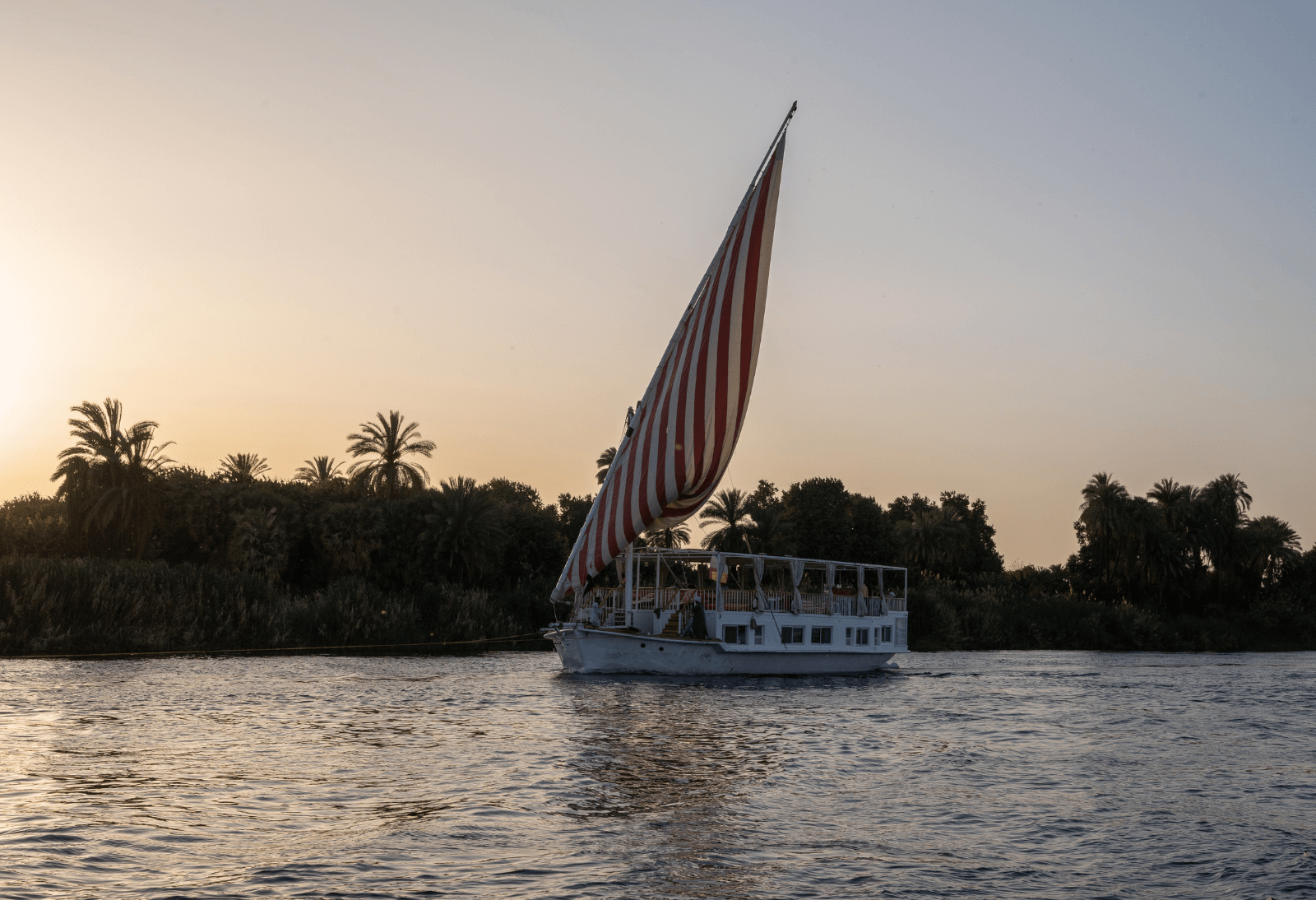
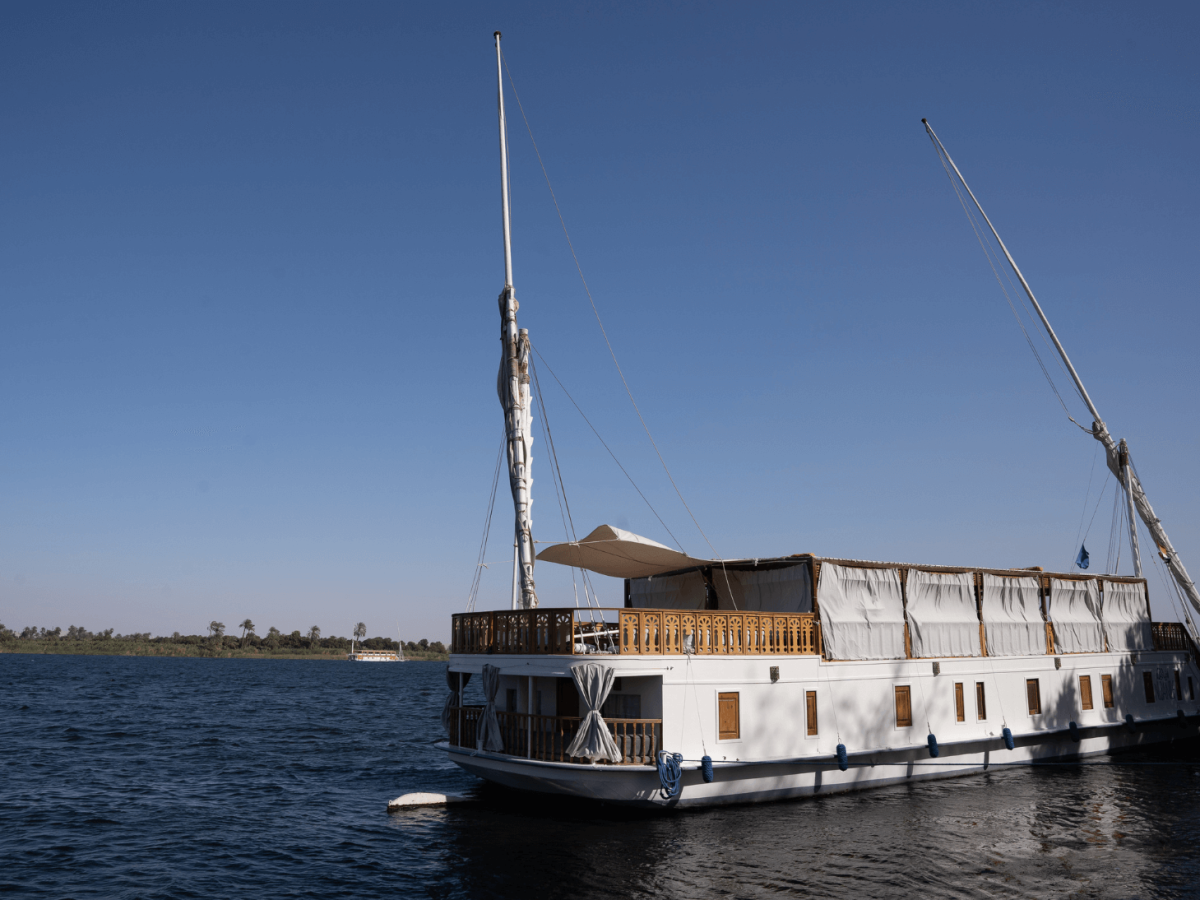
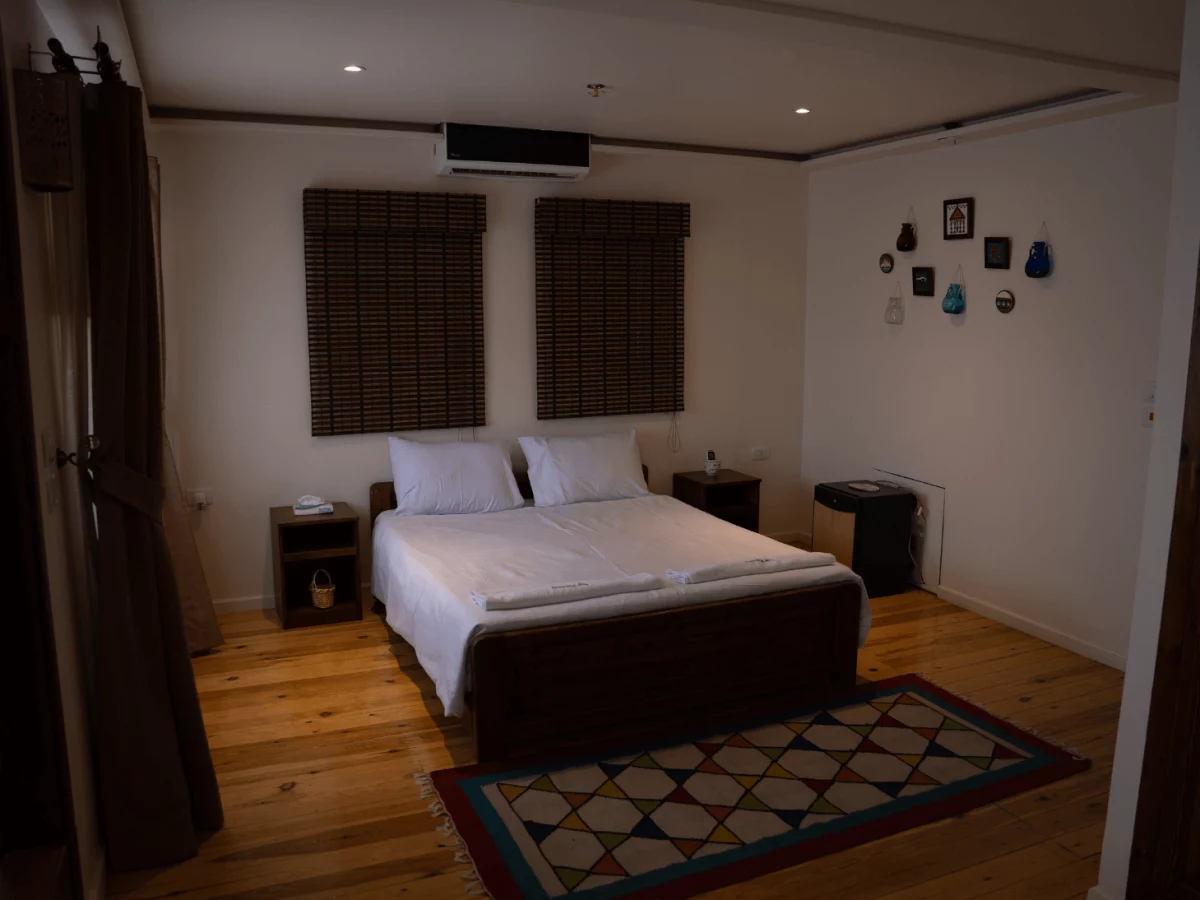
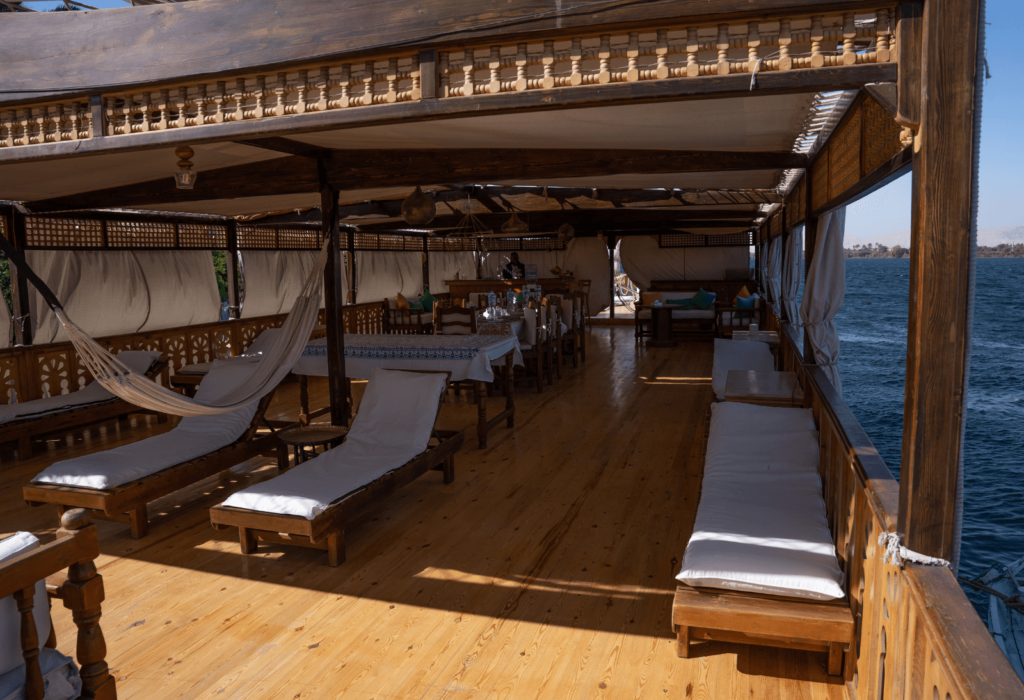
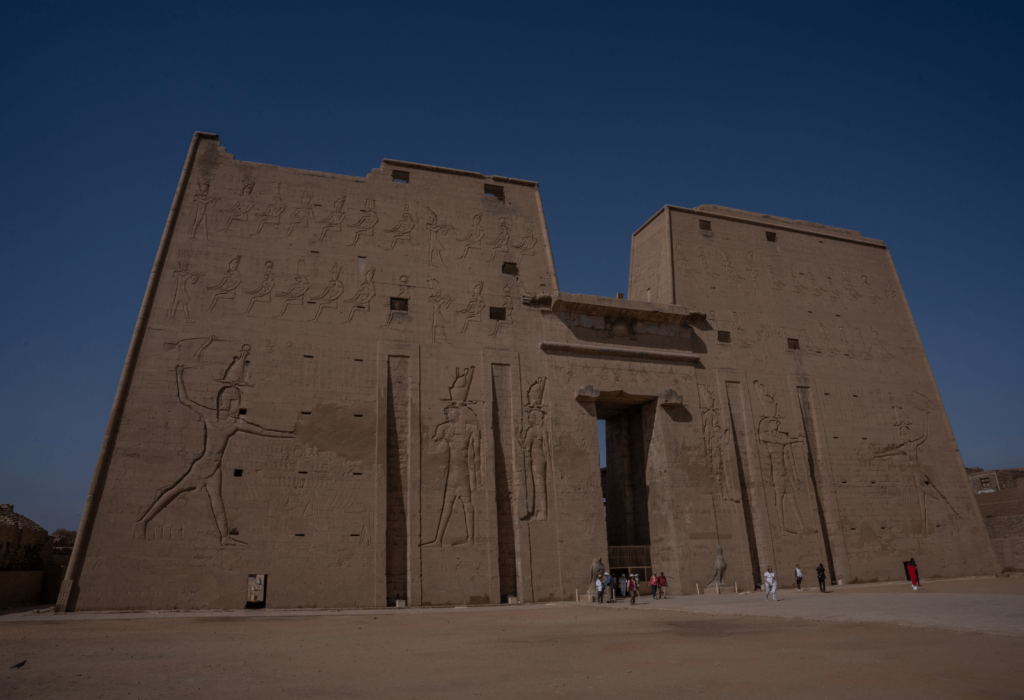
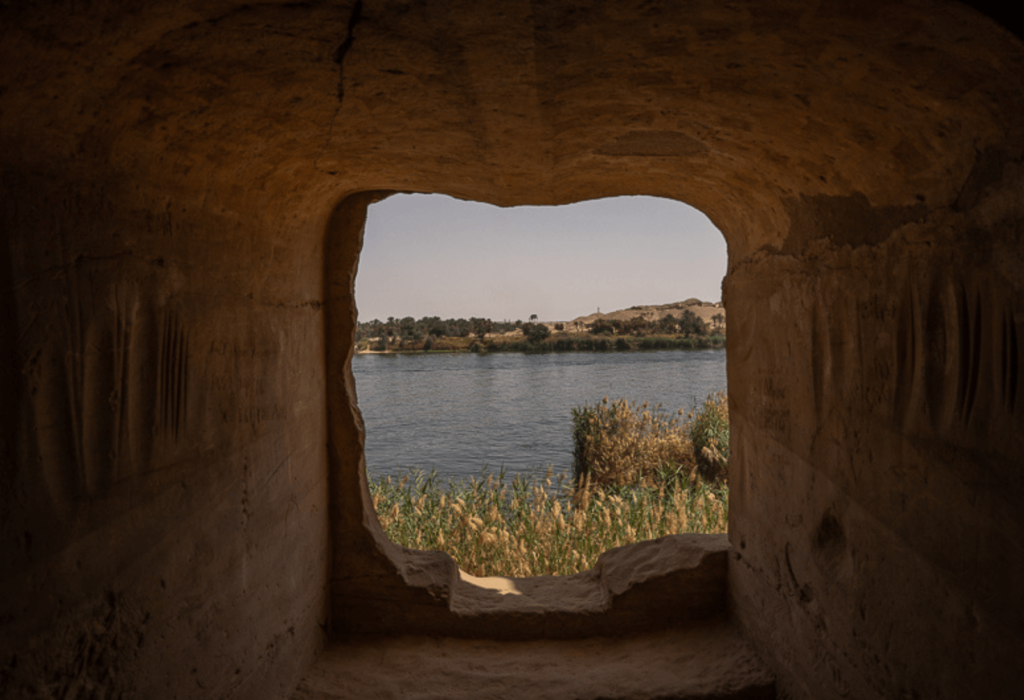
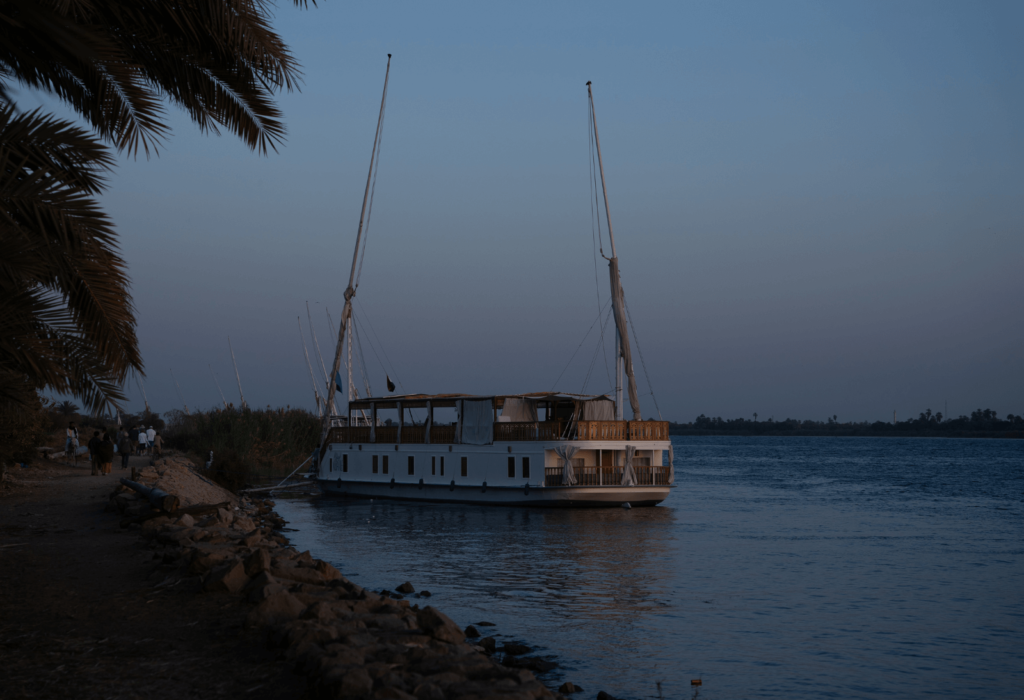
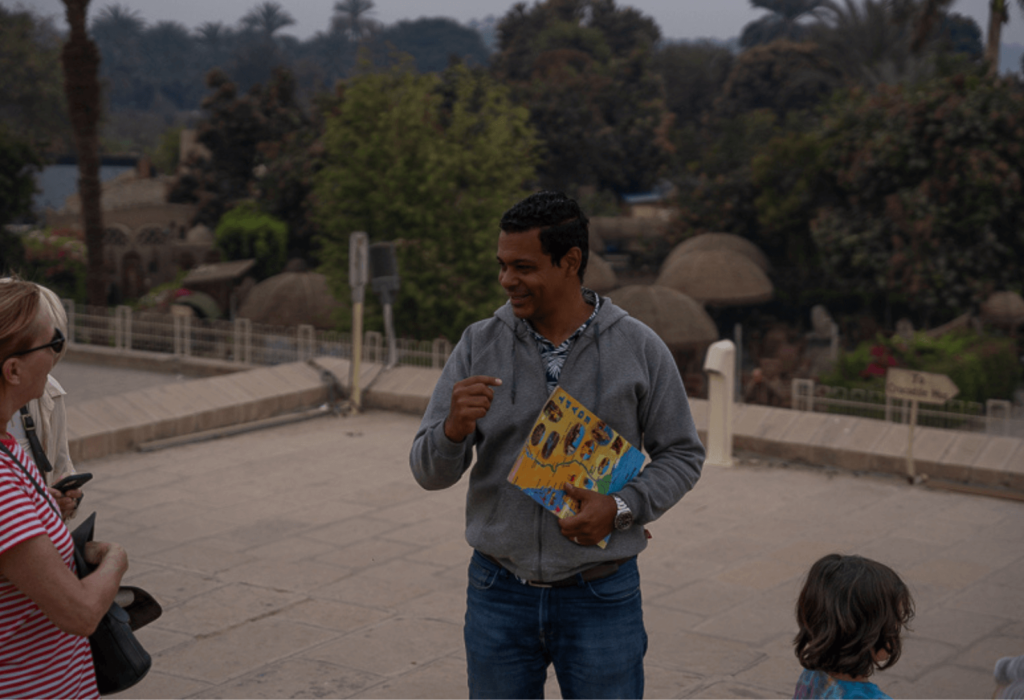
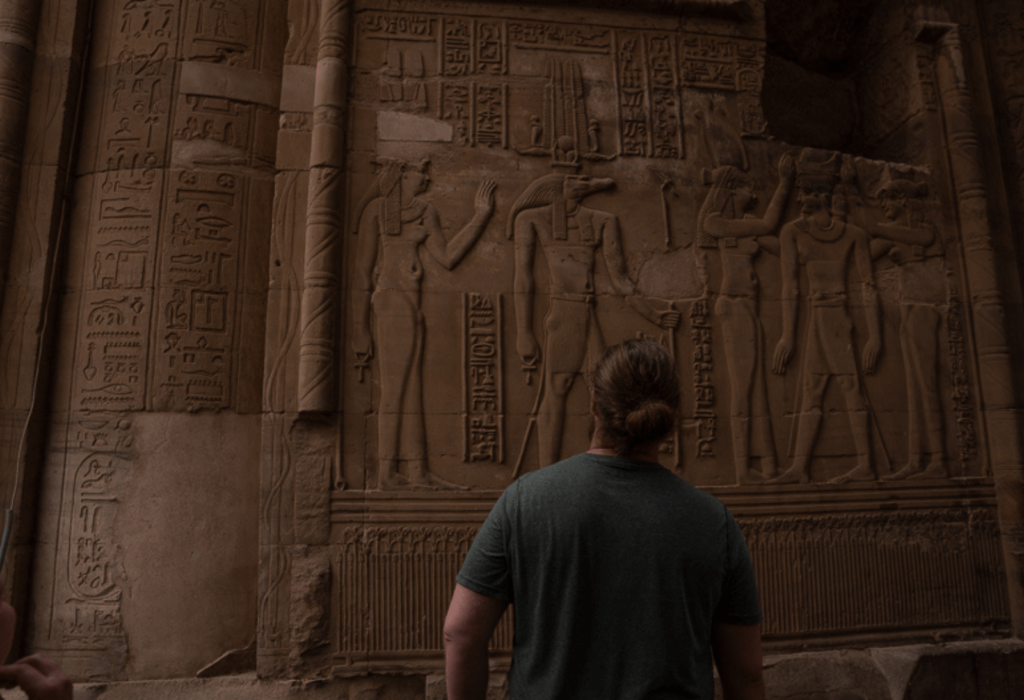
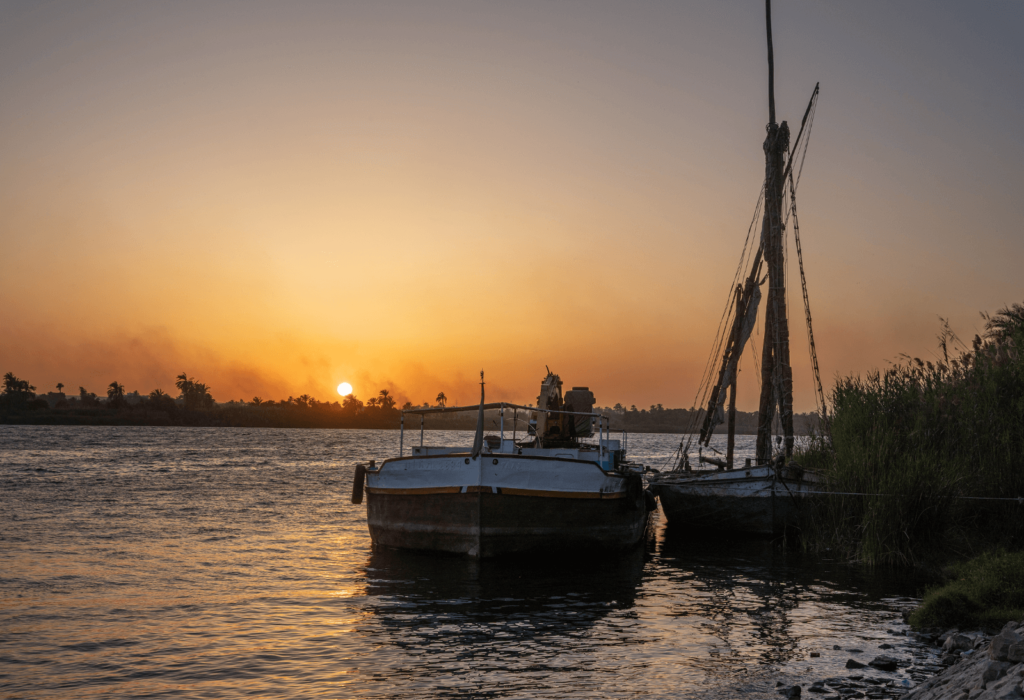





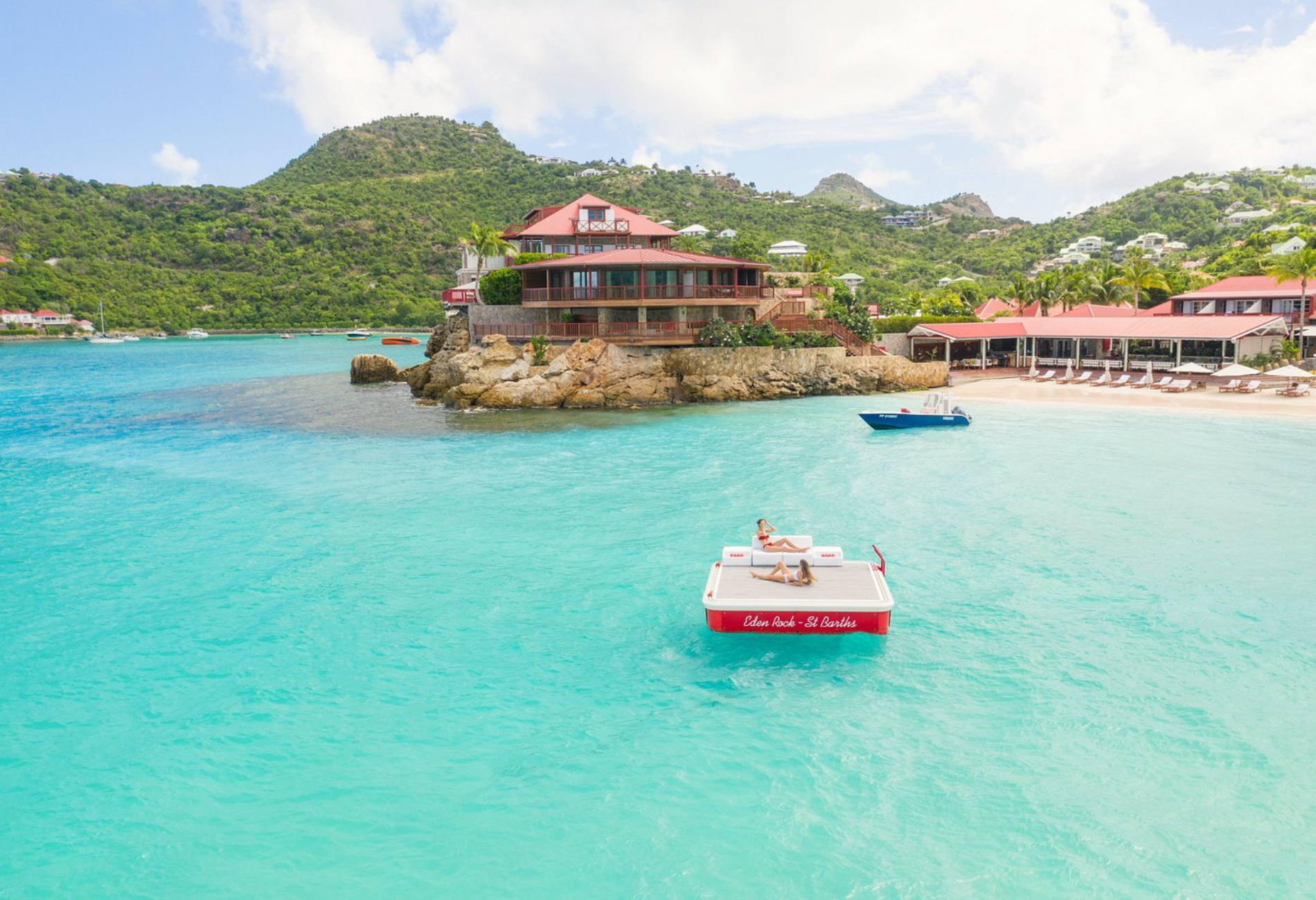
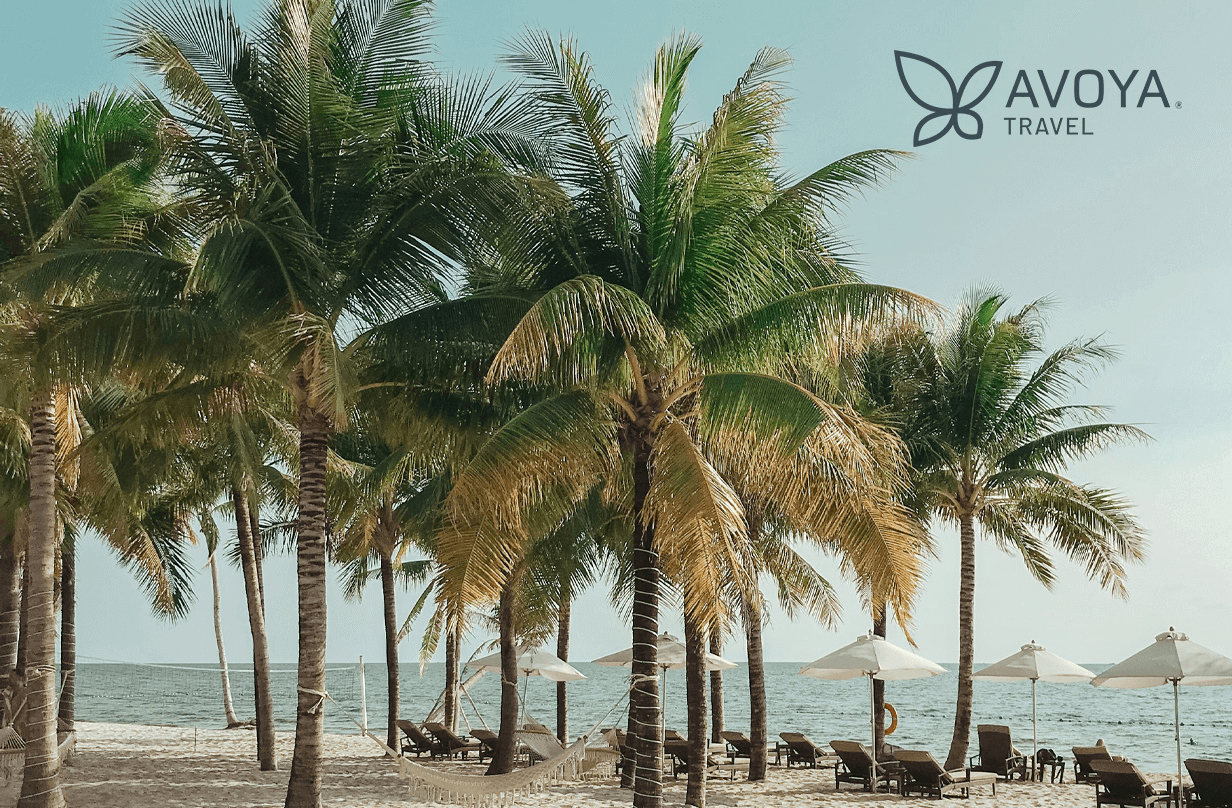
 by your friends at The Daily Navigator
by your friends at The Daily Navigator
